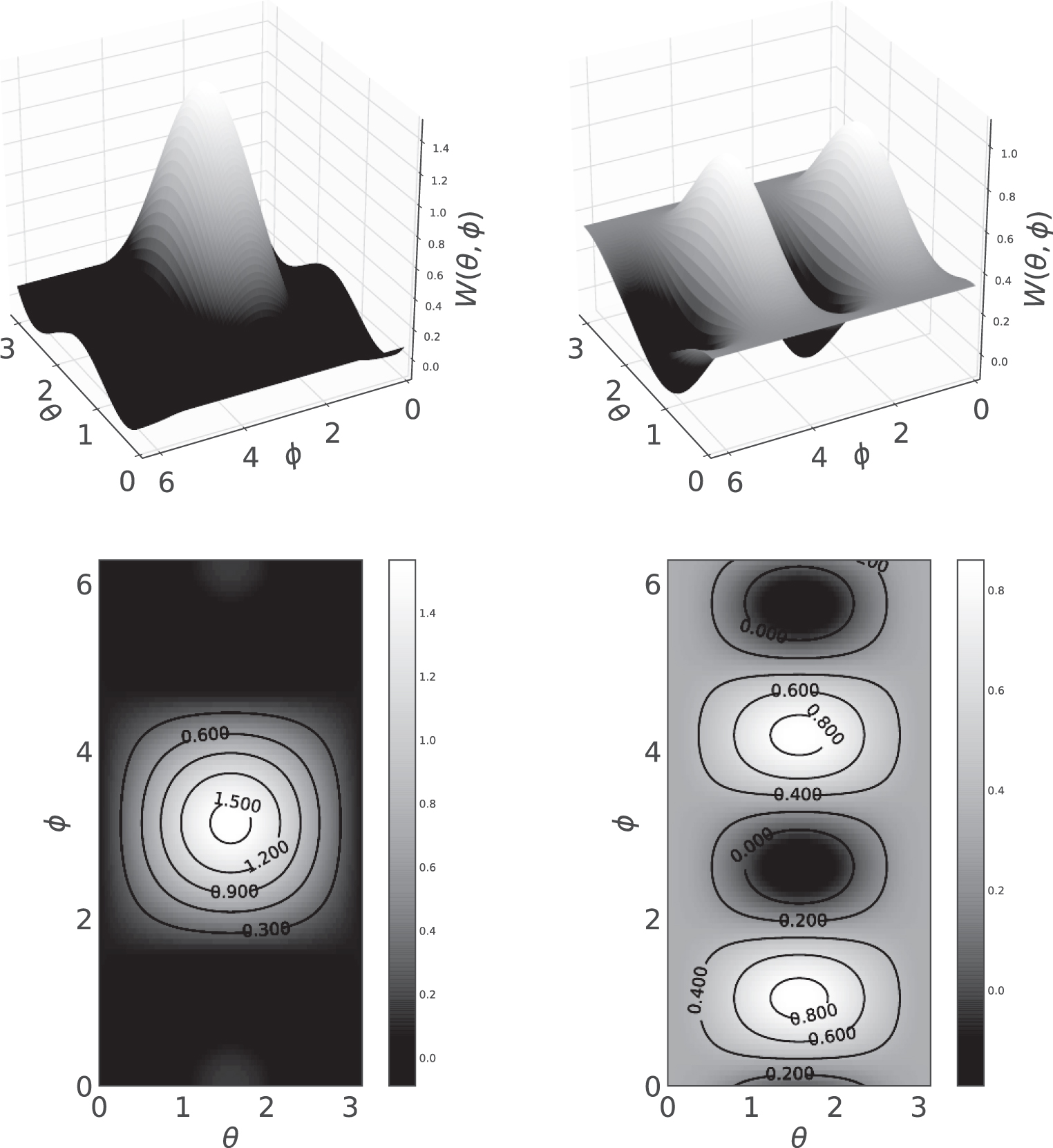EPJ D Highlight - Avoiding environmental losses in quantum information systems
- Details
- Published on 28 September 2020

Through new techniques for generating ‘exceptional points’ in quantum information systems, researchers have minimised the transitions through which they lose information to their surrounding environments.
Recently, researchers have begun to exploit the effects of quantum mechanics to process information in some fascinating new ways. One of the main challenges faced by these efforts is that systems can easily lose their quantum information as they interact with particles in their surrounding environments. To understand this behaviour, researchers in the past have used advanced models to observe how systems can spontaneously evolve into different states over time – losing their quantum information in the process. Through new research published in EPJ D, M. Reboiro and colleagues at the University of La Plata in Argentina have discovered how robust initial states can be prepared in quantum information systems, avoiding any unwanted transitions extensive time periods.
The team’s findings could provide valuable insights for the rapidly advancing field of quantum computing; potentially enabling more complex operations to be carried out using the cutting-edge devices. Their study considered a ‘hybrid’ quantum information system based around a specialised loop of superconducting metal, which interacted with an ensemble of imperfections within the atomic lattice of diamond. Within this system, the researchers aimed to generate sets of ‘exceptional points.’ When these are present, information states don’t decay in the usual way: instead, any gains and losses of quantum information can be perfectly balanced between states.
By accounting for quantum effects, Reboiro and colleagues modelled how the dynamics of ensembled imperfections were affected by their surrounding environments. From these results, they combined information states which displayed large transition probabilities over long time intervals – allowing them to generate exceptional points. Since this considerably increased the survival probability of a state, the team could finally prepare initial states which were robust against the effects of their environments. Their techniques could soon be used to build quantum information systems which retain their information for far longer than was previously possible.
R Ramírez, M Reboiro , D Tielas (2020) Exceptional Points from the Hamiltonian of a hybrid physical system: Squeezing and anti-Squeezing, European Physical Journal D 74:193, DOI: 10.1140/epjd/e2020-10218-1





